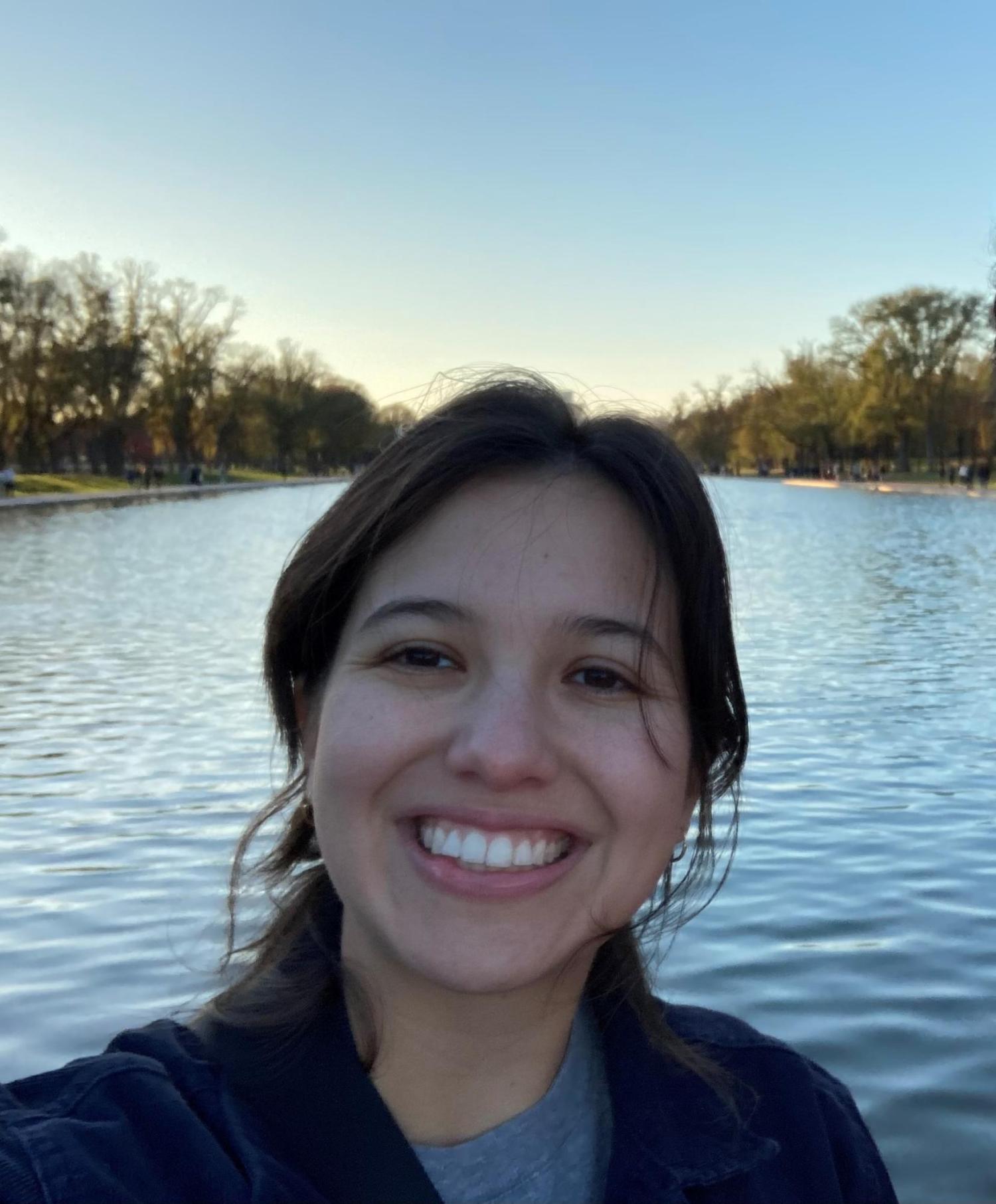Marena Trujillo awarded prestigious NSF graduate fellowship

Marena Trujillo, a third year doctoral student, has earned a Graduate Research Fellowship through the National Science Foundation for her promising research in power system stability and dynamics.
The Graduate Research Fellowship Program (GRFP) recognizes outstanding graduate students from across the country in science, technology, engineering and mathematics (STEM) fields, paving the way for their continued work exploring some of the most complex and pressing issues of our time.
Each GRFP recipient will receive three years of financial support, including an annual stipend of $37,000, as well as professional development and research opportunities.
We sat down with Trujillo to share some thoughts on her journey and how we can better understand power systems dynamics.
Where did your academic journey begin and how did you choose to study electrical engineering?
In middle school, my science teacher played a video about climate change and renewable technologies. I thought the idea of generating electricity from solar energy was amazing, and since then I’ve been hooked on the idea of doing my part to mitigate the effects of the climate crisis by replacing unsustainable technologies with renewable ones. I’ve always enjoyed math and physics, so the decision to pursue electrical engineering was a natural one.
What experiences have been important in your professional journey?
I was an intern at Sandia National Laboratories for several summers as an undergraduate student, and then an intern at the National Renewable Laboratory (NREL) for a summer before graduate school. These internships gave me a real appreciation for research and further cemented my interest in the power grid.
What made you decide to pursue your PhD at CU Boulder?
As someone interested in renewable energy, I greatly admired the mission of NREL, and as I was doing research on different graduate programs, I learned that my future advisor, Dr. Bri-Mathias Hodge, had a joint appointment with NREL. This connection has provided an invaluable opportunity to collaborate with NREL researchers, which I am very grateful for.
Can you describe your research area within electrical engineering?
My work is chiefly concerned with power system stability and dynamics. Wind, solar, and storage resources operate in a fundamentally different way from traditional generation like coal or gas. Studying the stability and dynamics of modern power systems (with high shares of renewable energy) is important for ensuring the reliability of the grid.
What do you hope to accomplish with your NSF graduate research fellowship?
Through my research, I hope to play a part in advancing knowledge in the field of power systems engineering, specifically in regards to stability and dynamics. There are many important unanswered questions in this field, and to make progress towards answering these questions would be really exciting. Afterall, the better we understand the dynamics of power systems, the sooner we can deploy renewable resources.
What does this fellowship mean to you?
This fellowship makes it possible for me to pursue research projects that I find most interesting and that are the best suited for my skill set. Every morning I wake up excited to be doing research I find valuable and compelling!
What’s next after you finish your PhD?
Eventually, I would like to pursue a tenure-track position. I truly enjoy doing research in an academic setting and I’d love the opportunity to teach.
Any hobbies you like to pursue while you’re not researching?
In my free time, I like to read and knit as well as go skiing with my husband. I didn’t grow up skiing, but I couldn’t live in Colorado and not give it a try. Now I love it!

